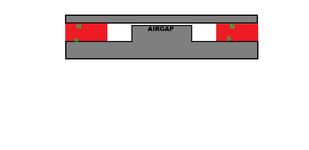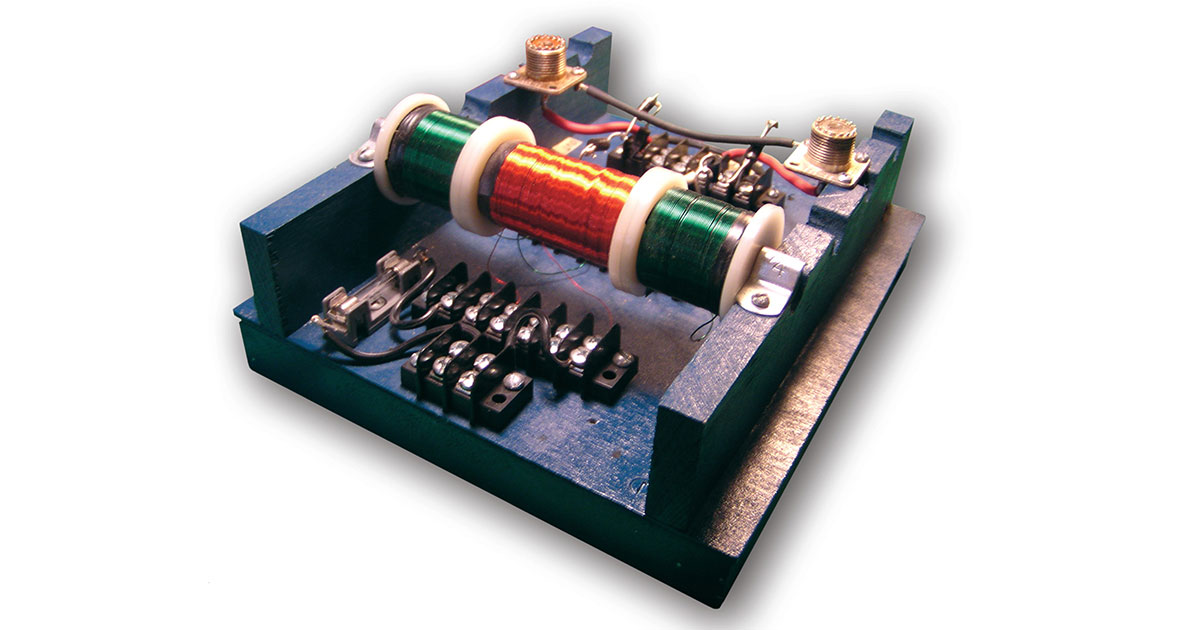Salvador12
Full Member level 4
Seemingly a simple question. So I ordered a couple 60x20x5 mm neodymium planar magnets, but I need a homogeneous and strong B field through an airgap.
Previously I had the magnet itself with one side against the airgap, the problem with that is that the field that loops back does so very close to where the magnet ends and disturbs the airgap flux.
I have come up with a simple airgap that uses two metal parts. I hope that with this the field that eventually loops back around the magnet does so away from my airgap so doesn't disturb the airgap field or its direction.
My question I guess is whether routing the same poles which would normally repel through a thick enough metal result in an even flux in the airgap?
I think it should , because metal acts as a smoother for the alike field lines routing them back through the gap and back to the magnets.
Anyway your comments or suggestions?
PS. if I make the gap width and length the same as that of each magnet , how would I roughly know the field strength in the gap if I knew each magnets field ?
I think i can't simply x2 the field because there are losses and metal saturation etc.
Previously I had the magnet itself with one side against the airgap, the problem with that is that the field that loops back does so very close to where the magnet ends and disturbs the airgap flux.
I have come up with a simple airgap that uses two metal parts. I hope that with this the field that eventually loops back around the magnet does so away from my airgap so doesn't disturb the airgap field or its direction.
My question I guess is whether routing the same poles which would normally repel through a thick enough metal result in an even flux in the airgap?
I think it should , because metal acts as a smoother for the alike field lines routing them back through the gap and back to the magnets.
Anyway your comments or suggestions?
PS. if I make the gap width and length the same as that of each magnet , how would I roughly know the field strength in the gap if I knew each magnets field ?
I think i can't simply x2 the field because there are losses and metal saturation etc.

